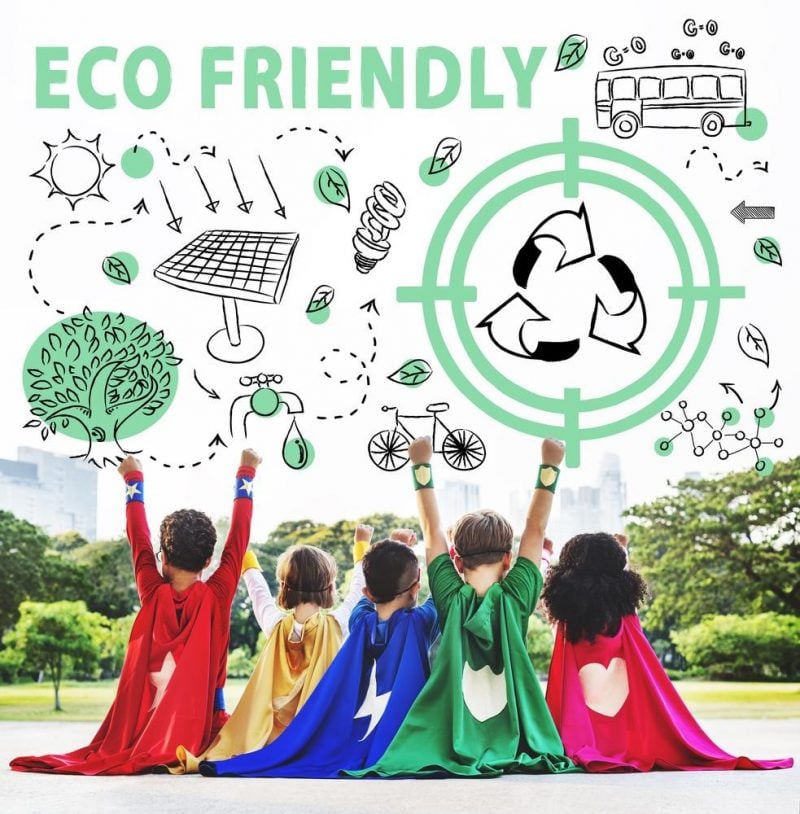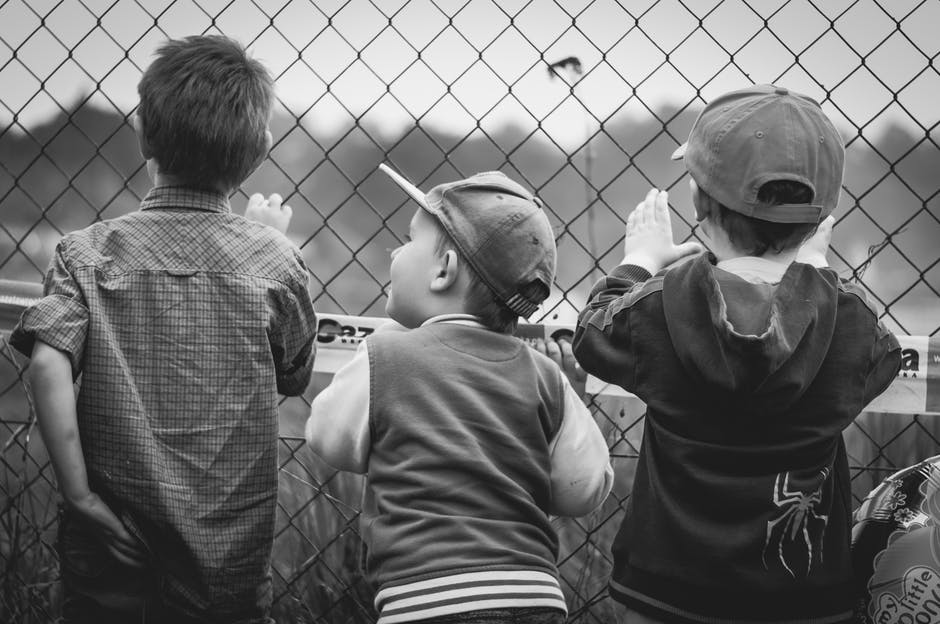Teaching Children About An Eco-Friendly Lifestyle
Being “green,” is more important than ever nowadays and becoming environmentally-friendly means that every single day we need to be reducing our carbon footprint on Mother Earth. With several country’s populations altogether numbering well into the billions and fossil fuels being burned at an alarming rate, our earth is suffering the consequences. It is our responsibility to teach our children to become environmentally conscious and appreciate our resources. Teaching environmentally sound habits is important, but showing them will more likely assure they will embrace those same good habits and incorporate them into their daily lives not only as children but very well into their adulthood years. These are all important lessons for our children which they will surely pass on to their own kids.
Our heating and cooling systems (HVAC) use almost half of all the energy in our house followed by our hot water heaters, lighting and appliances. While these are basic necessities, there’s still ways that we can save on our utility bills:
HEATING & COOLING
Have this unit serviced regularly to avoid costly, unexpected repairs and regular maintenance will also ensure it is operating at optimal efficiency. While some experts recommend changing filters on HVAC units as seldom as every six months, during peak seasons, it’s better to at least check them every other month and change them as necessary.
It depends on a variety of factors, the type of system, how often it is used, the number of people living in the house, pets, allergens and other conditions, so check with the manufacturer to be sure. Get the kids to hand you the new filter and teach them about ladder or step stool safety during the process.
HOT WATER HEATER
Just as a parent would wrap their child in a blanket or give them a jacket when they go outdoors, the same can be done for a hot water heater to save on energy. For a cost of around $30, an hour-and-a-half of your time, this DIY project is relatively simple and you could expect:
- To save $20-$45 annually on energy
- Reduce standby operating losses by 25-45%
Not only will this project pay for itself in less than a year, the kids can help with the installation as the instructions recommend a second set of hands.
LIGHTING
While we all know to shut off lights when not in use, replacing conventional incandescent bulbs with more efficient LED (Light Emitting Diodes) or CFL (Compact Fluorescent Lights) will not only save money and energy, it will also have a tremendous impact on the environment. When you compare LED’s and CFL’s to regular lights, you’ll find they can last up to 50,000 hours compared to just 1,200 for an incandescent bulb.
APPLIANCES
When it comes to most appliances like computers or cable satellite tv boxes are draining energy when not in use. Often called “vampire” appliances, teach your kids to pull the plug on these units when not in use or install power strips and use them regularly to shut down these energy wasters.




